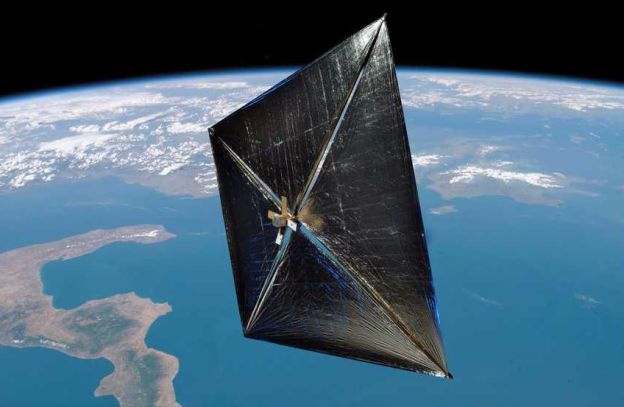 The space shuttle may have been retired, but NASA continues to forge ahead with space-travel research and development of technologies that will not only get humans into outer space, but make it a more productive experience while we’re there.
The space shuttle may have been retired, but NASA continues to forge ahead with space-travel research and development of technologies that will not only get humans into outer space, but make it a more productive experience while we’re there.
This week, the US space agency announced plans to provide $175 million in funding for three space missions that will each demonstrate a new technology intended to improve outer-space travel. Chosen from among 47 proposals, the three technologies to receive funding include a a massive solar sail, a laser-based communication system, and an atomic clock that will allow precise synchronization with Earth.
The three projects will each receive their own demonstration mission to test the technology, with the launches expected to begin by 2015.
According to Space.com, the solar sail mission will involve the use of a sail seven times larger than any previous sail used in space, measuring around 125 feet by 125 feet. It’s hoped that the sail will reduce our reliance on traditional propellents for deep-space missions, and could possibly have other applications, too.
The laser-based communication technology is intended to make communication with spacecraft 100 times faster by encoding data on laser beams.
“It’ll be like going from home dial-up Internet service to broadband,” said NASA deputy chief technologist Mike Gazarik.
Finally, the deep-space atomic clock technology is expected to make timing more precise during missions, and paired with the laser communication system, should make the entire space-travel experience a more certain, accurate affair.
The move to fund the three projects is part of NASA’s Technology Demonstration Mission program, which is intended to determine what types of tech are must-have additions for future space missions.
“These technology demonstration missions will improve our communications, navigation and in-space propulsion capabilities, enable future missions that could not otherwise be performed and build the technological capability of America’s space industry,” said NASA chief technologist Bobby Braun in a statement.



